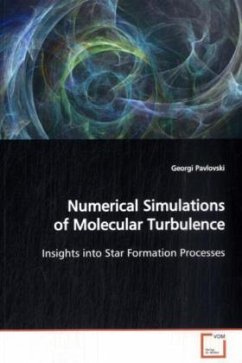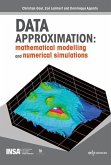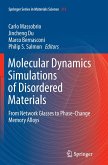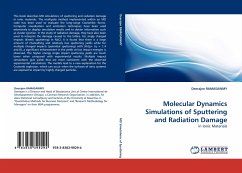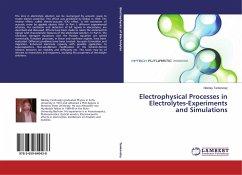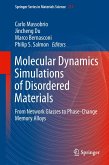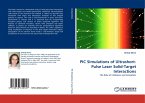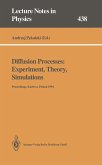Over the last thirty years, substantial evidence has
accumulated suggesting that supersonic turbulence
dominates the motion of gas within molecular
star-forming clouds, and is the main factor
determining their internal density and velocity
structure.
The present work has aimed to test the extent to
which simulations employing isothermal equation of
state correctly model the behaviour of molecular
turbulence, and investigate the impact of turbulence
on molecular dynamics. To achieve this, a numerical
scheme is constructed, which couples the most
important chemical processes with a general purpose
hydrodynamical code (ZEUS-3D). It is found that the
isothermal simulations reproduce correctly the
dynamics of the molecular turbulence, and can be used
to predict properties of the molecular emission. It
is discovered that, given the supersonic dynamics,
the chemical processes can be significantly
accelerated, implying that molecular clouds may be
undergoing both rapid dynamical and chemical changes.
This work should be interesting to astronomers
specialising in the area of star formation, and
anyone who wants get familiar with the
star formation theory.
accumulated suggesting that supersonic turbulence
dominates the motion of gas within molecular
star-forming clouds, and is the main factor
determining their internal density and velocity
structure.
The present work has aimed to test the extent to
which simulations employing isothermal equation of
state correctly model the behaviour of molecular
turbulence, and investigate the impact of turbulence
on molecular dynamics. To achieve this, a numerical
scheme is constructed, which couples the most
important chemical processes with a general purpose
hydrodynamical code (ZEUS-3D). It is found that the
isothermal simulations reproduce correctly the
dynamics of the molecular turbulence, and can be used
to predict properties of the molecular emission. It
is discovered that, given the supersonic dynamics,
the chemical processes can be significantly
accelerated, implying that molecular clouds may be
undergoing both rapid dynamical and chemical changes.
This work should be interesting to astronomers
specialising in the area of star formation, and
anyone who wants get familiar with the
star formation theory.

